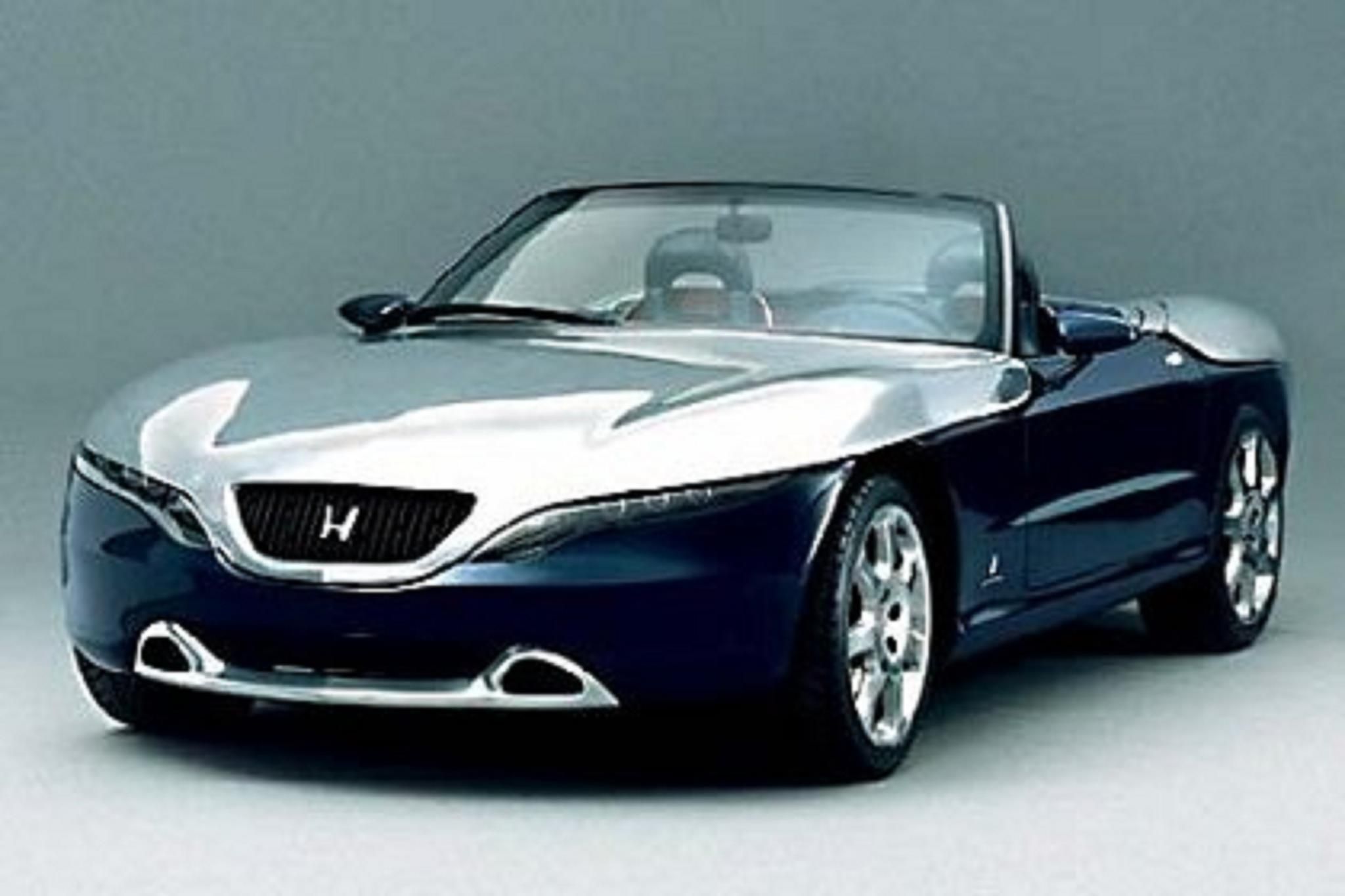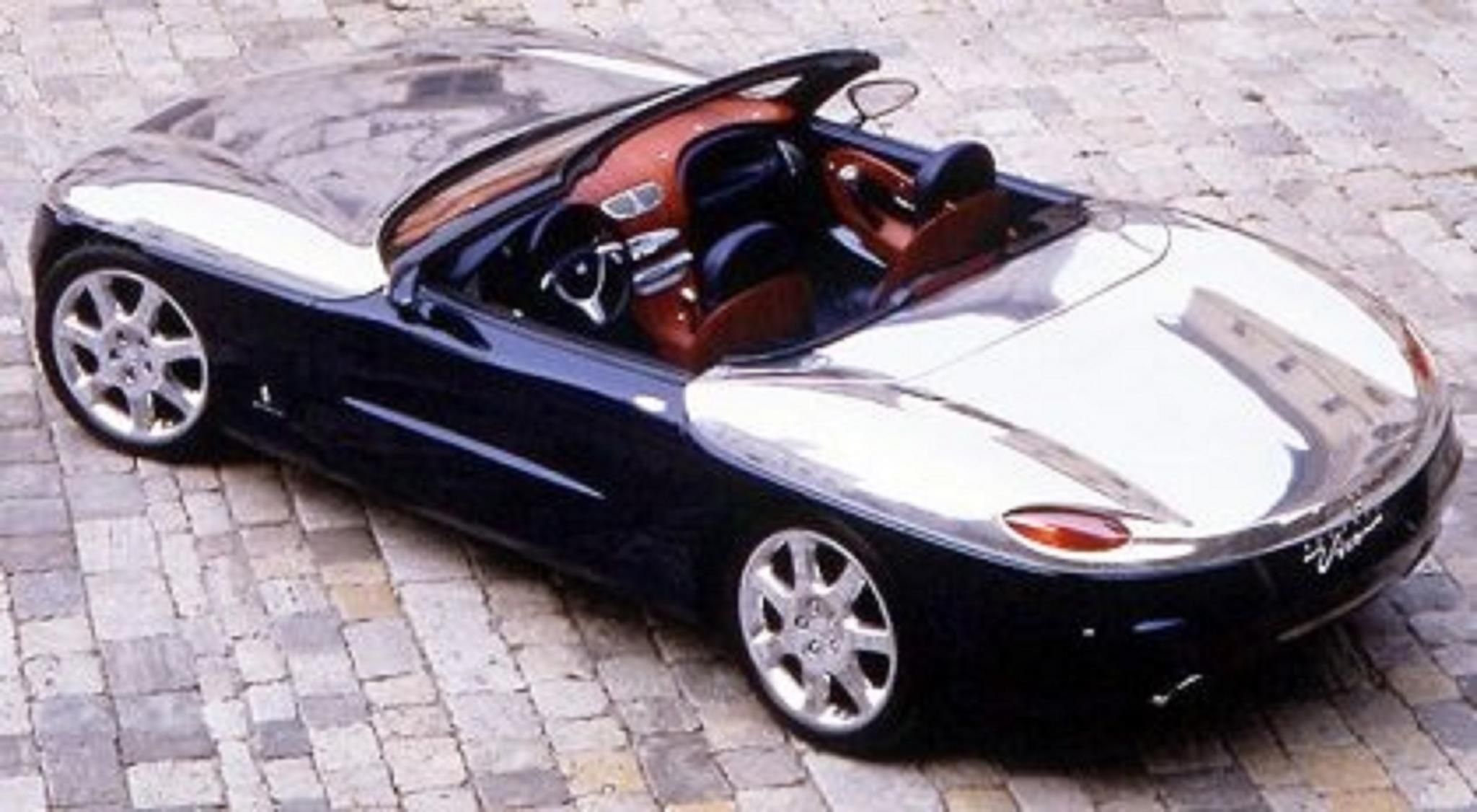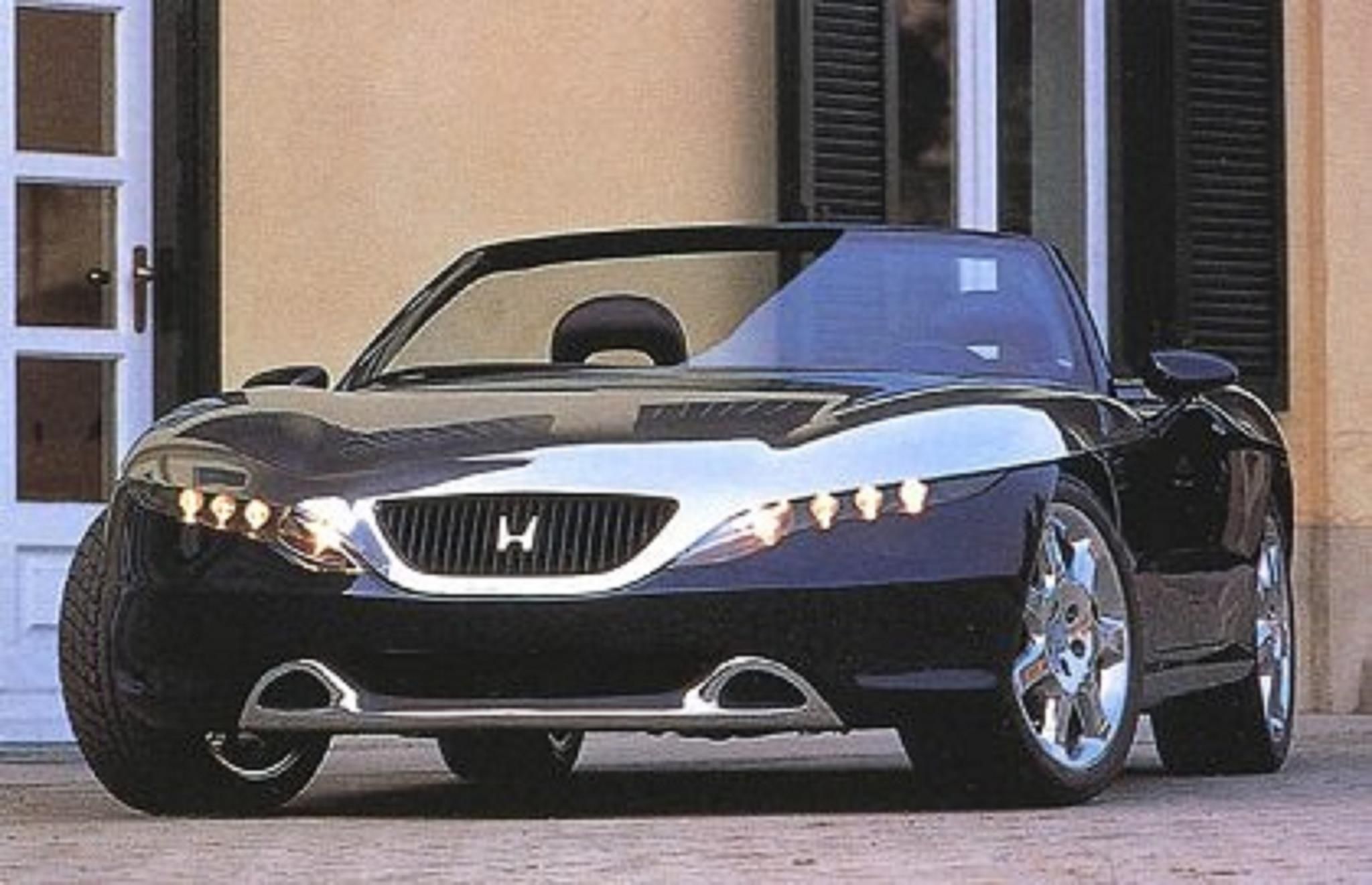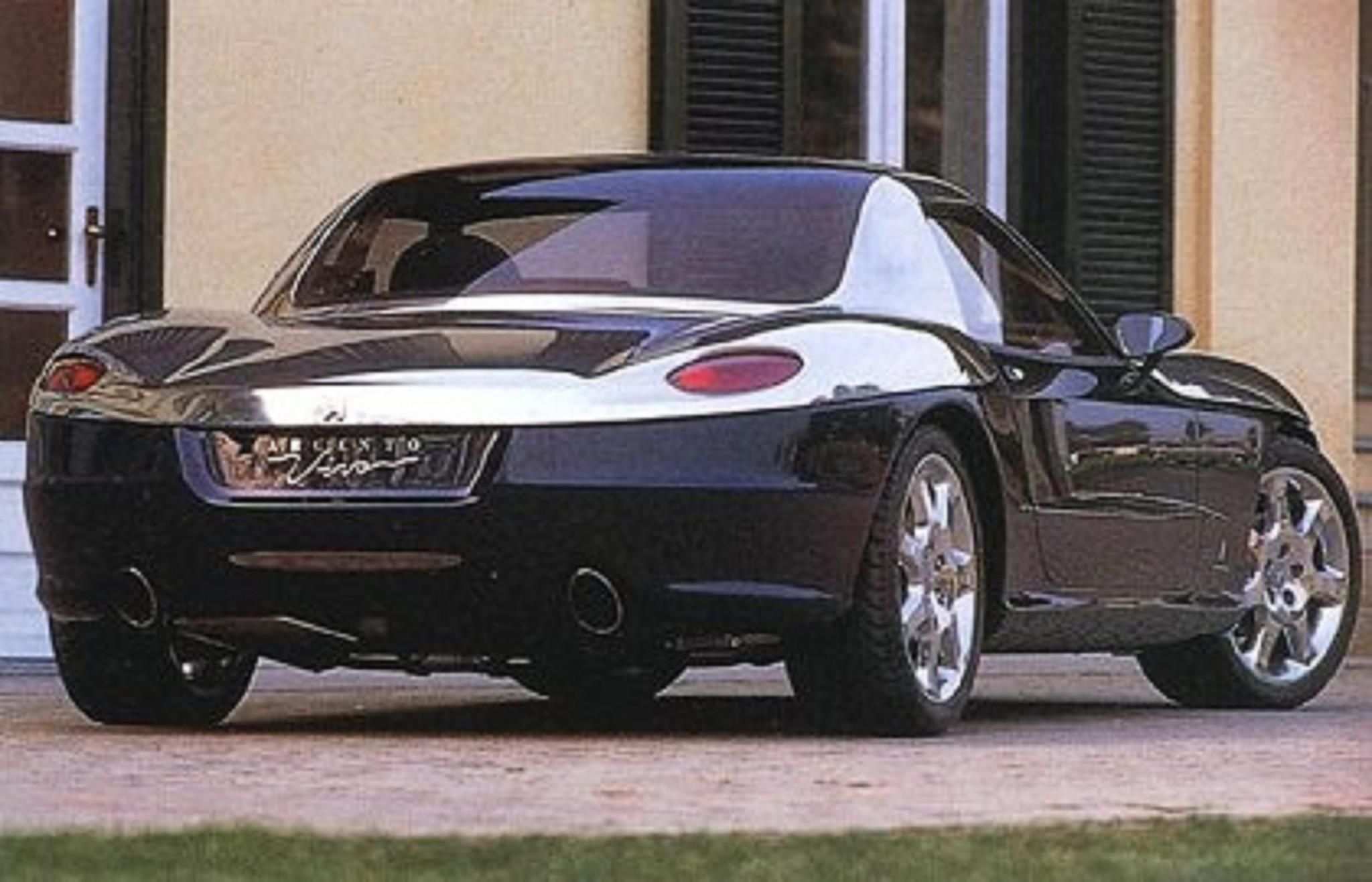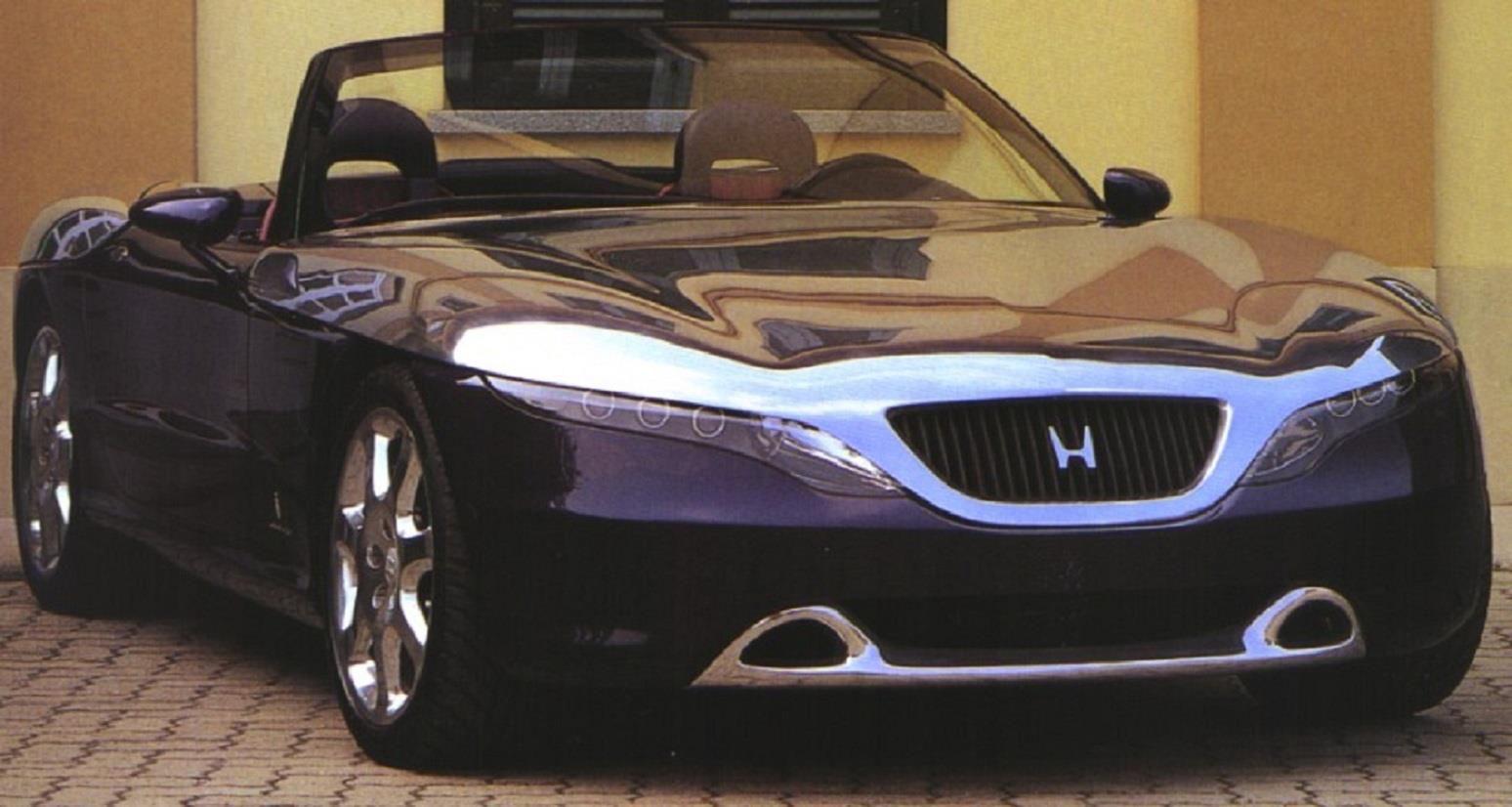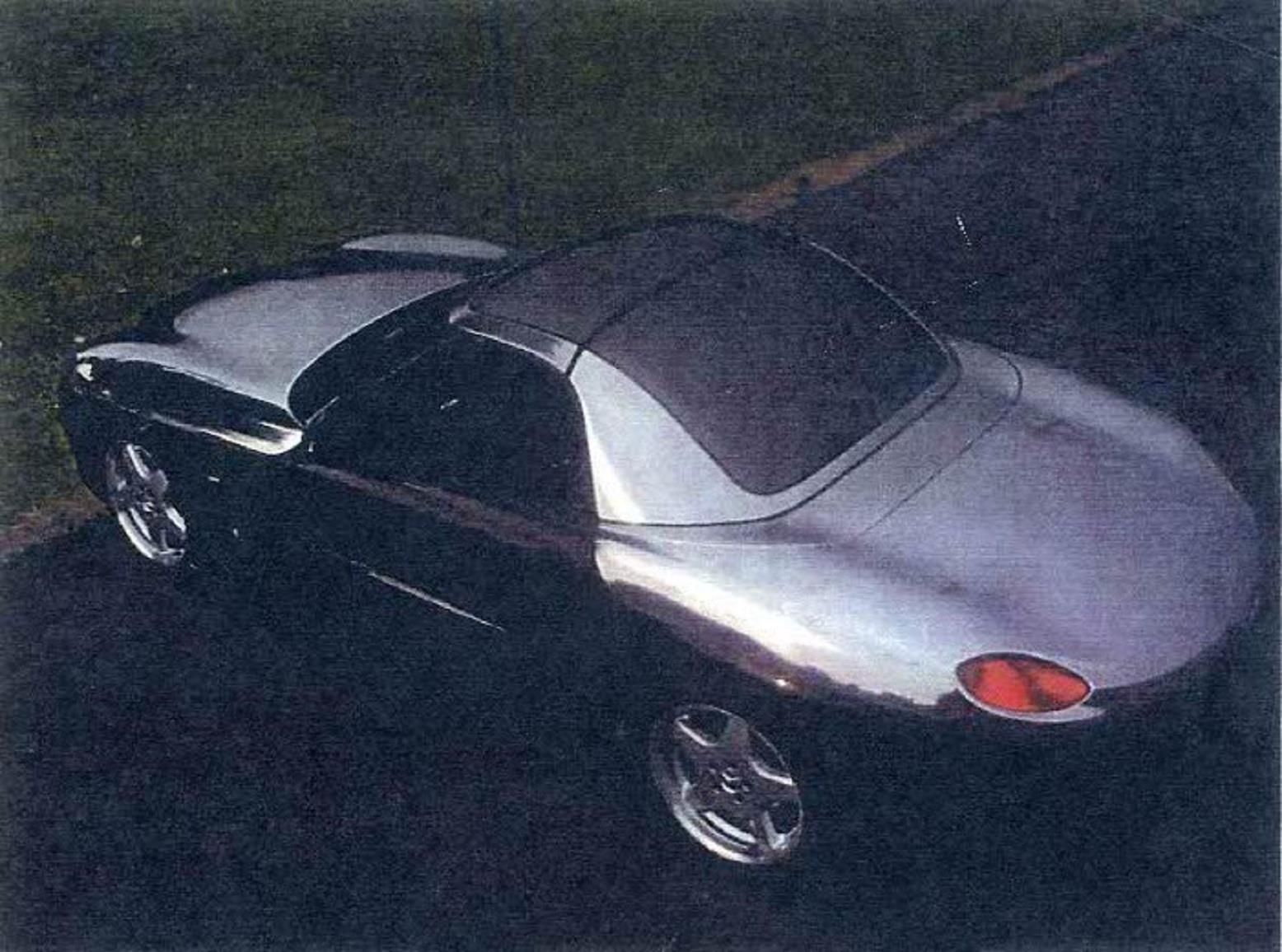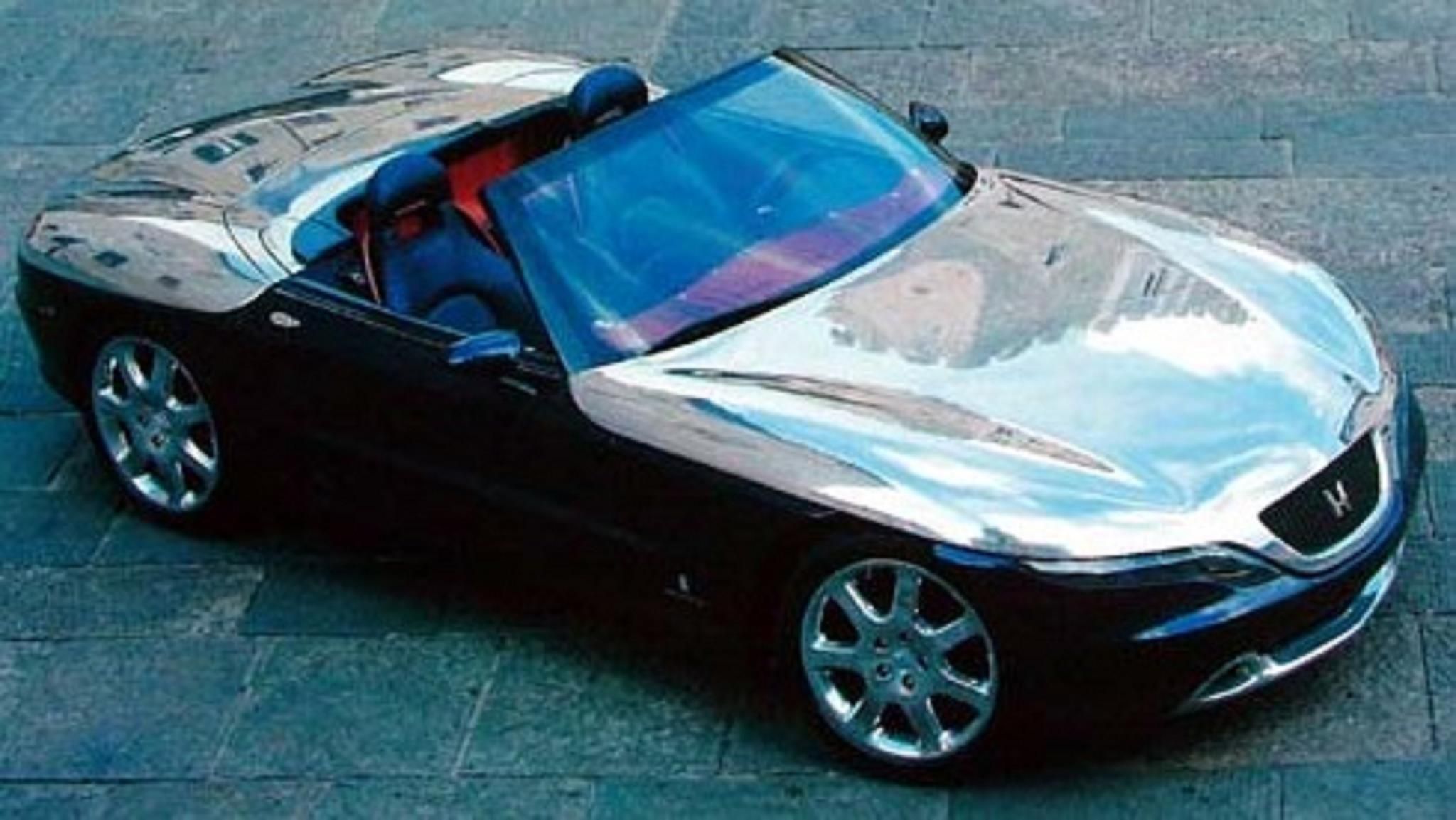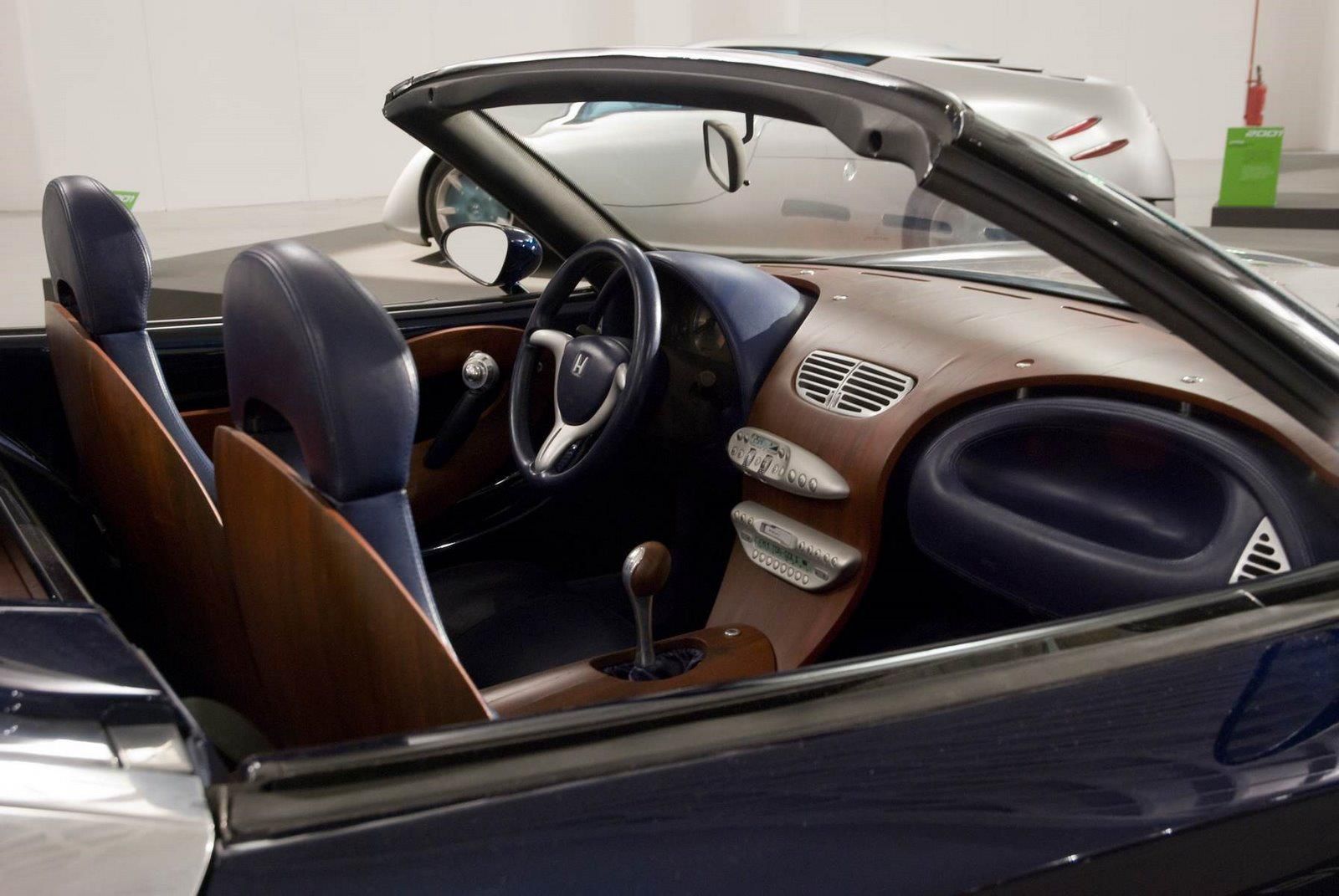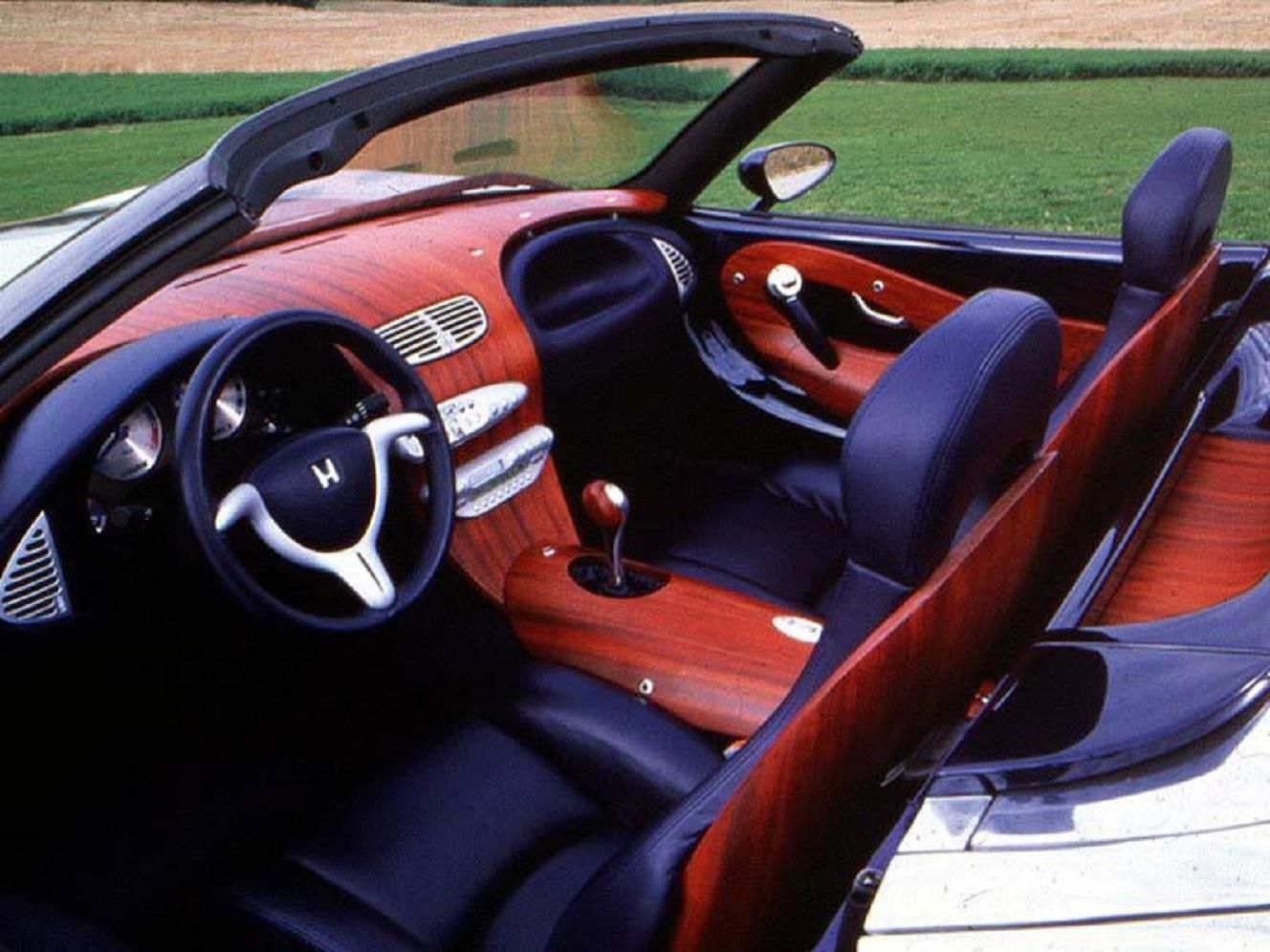The automotive world is one of enormous diversity. Quite often designers are given the green light to unleash their imagination giving us some truly amazing stuff. That said, the modern-day regulations has been cracking down harder and harder on the automotive design language, and many amazing concepts remained one-offs. Those with deep enough pockets, however, have a bit more luck than the average person. The Argento Vivo is one of those extremely rare cases where a concept car has been granted production status. Here are nine interesting facts about the unique roadster.
1995 Pininfarina Argento Vivo
- Make: Array
- Model: 1995 Pininfarina Argento Vivo
- [do not use] Vehicle Model: Array
It was designed by Pininfarina for Honda
Many epic concept cars, regardless of the brand, boasted Italian styling. In 1995 Pininfarina was commissioned by Honda to design a two-seater roadster. The study was meant to serve as a research prototype between Pininfarina and Honda. The two-seat roadster was unveiled to the international press at the 1995 Tokyo Motor Show by both Honda president Nabuhiko Kawamoto and Sergio Pininfarina. During the same year, the Argento Vivo received many awards, such as “The Golden Market Trophy” by the Japanese magazine “Car Styling” and “Best in Show” by the American magazine “Auto Week”.
It was powered by a rare Honda engine
When we talk about weird cars, the Argento Vivo is certainly up there, on the list of automotive oddities. The car featured many unconventional decisions, and the engine was one of them. It used a 2.5-liter inline-five. Some might find it interesting, but this was actually a Honda engine and wasn’t borrowed from Volvo or Audi. Nothing else is known about the concept’s engine, but it is believed it’s a G-series engine, more specifically the G25A, which was a normally-aspirated, SOHC unit, producing up to 190 horsepower at 6,500 rpm and 175 pound-feet (237 Nm) of torque at 3,800 rpm. Considering the extensive use of lightweight materials, the 60 mph sprint would probably have been in around 6.0 seconds. Power, of course, went to the rear wheels.
Honda Argento Vivo specifications
|
Engine |
2.5-liter inline-five |
|---|---|
|
Horsepower |
190 HP @ 6,500 RPM |
|
Torque |
175 LB-FT @ 3,800 RPM |
|
0 to 60 mph |
6.0 seconds |
It had a smart folding hardtop
The Argento Vivo brought many innovations, some of which still not considered mainstream. Among those was the folding hardtop. The whole thing was made out of carbon-fiber and was hydraulically actuated. What makes this hardtop unique for the time is that, even when the top is down, the actual piece folds in such a way that no trunk space is sacrificed. A feature many convertible models fail to integrate into their design, even today.
The body was entirely made of lightweight materials.
Yes, there was the Corvette C1 from the 1950s, which had a fiber-glass body, or the Ferrari F-40 which was made out of carbon-fiber or Kevlar, but back in the 1990s, a combination of lightweight materials was still a very rare sight. The Argento Vivo incorporated all of those materials. The blue body panels were all made out of fiber-glass, while the trunk lid and hood were made out of aluminum, and the folding hardtop was made out of carbon-fiber. Carbon-fiber was also present on the door panels, in the Pininfarina-designed interior.
Its two-tone design inspired other Pininfarina projects
Another feature thanks to which the Argento Vivo stands out is the two-tone interior. It not only is a perfect contrast between the silver and dark-blue body panels, but it also signifies the different materials used in the roadster. Like we already mentioned, the entire lower half of the body is made out of fiber-glass and is finished in dark blue. The upper body panels, however, are done in brushed aluminum, which is left exposed. This interplay of different materials and different tones inspired Pininfarina to further experiment with different elements and colors, for even more spectacular aesthetics.
It actually made it into production (sort of)
The Honda roots were dropped in favor of a different platform. The new platform was a late R129 Mercedes-Benz SL600 chassis. The already rare German gran-tourer was completely redesigned by the Italian design studio in order to replicate the exact same design language of the 1995 Argento Vivo concept car. With the exception of the platform, the R129-based car was an exact copy of the original concept, even down to the materials used.
It had plenty of performance to back up those looks
The reborn Argento Vivo wasn’t all show and no go. It looked fast and went like it. Responsible for the supercar-like acceleration was the good old M120 Mercedes V-12. This was the M120 E73 version, which as the name suggests has 7.3 liters of displacement and was found in the Mercedes-Benz SL73 AMG, of which only 19 were built. According to different sources, power was between 525 and 565 horsepower at 5,000 rpm, with a peak torque of 553 pound-feet (750 Nm) at 4,000 rpm. Despite the car being significantly larger than the Honda concept, the 0 to 60 mph sprint was in around 4.0 seconds and the top speed was over 174 mph (280 km/h). To put things in perspective, the Lamborghini Diablo and Ferrari F-40 need about the same time for the 0 to 60 mph sprint.
Reborn Honda Argento Vivo specifications
|
Engine |
7.3-liter V-12 |
|---|---|
|
Horsepower |
525-565 HP @ 5,000 RPM |
|
Torque |
553 LB-FT @ 4,000 RPM |
|
0 to 60 mph |
4.0 seconds |
|
Top Speed |
174 mph |
It had a supercar price tag
Any kind of information about the Sultan’s car collection is highly secretive. According to different sources, five or six of these Mercedes-Benz-based vehicles have been built. Four of those were built for the Royal family. As with any other extremely-low production vehicle, the price-tag is astronomical.
Half of the cars are still owned by the Sultan of Brunei
Out of the five or six Mercedes Argento Vivo built, four were bought by the Sultan of Brunei. It is said that to this day, two of them are still in his collection. Not much is known about the rest of the cars, but some claim Monaco is home to at least one of them. There was also a second unfinished Honda concept, which was eventually completed and is said to also be in Monaco.

